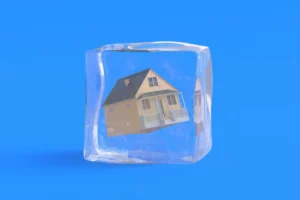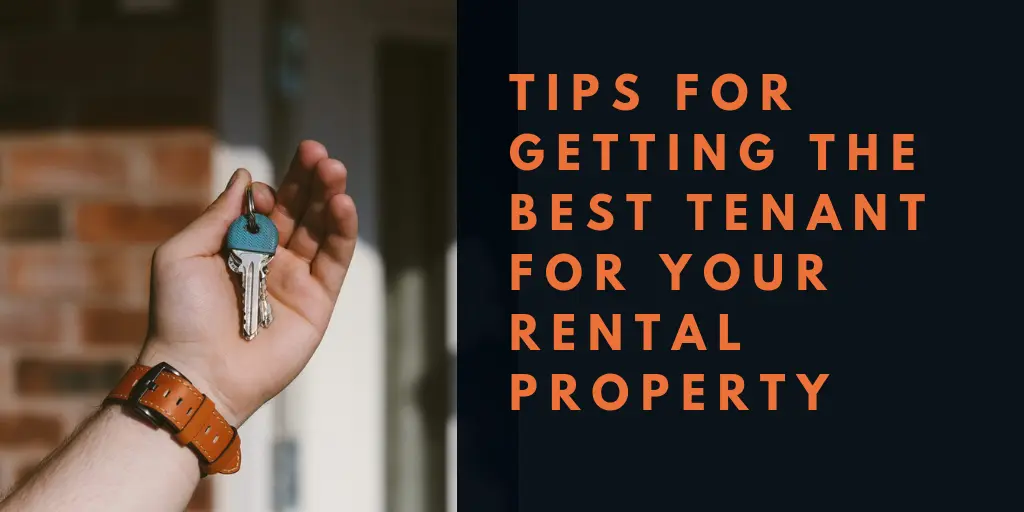How to Identify Pet Damage in Your Rental Property
Learn about the different types of pet damage you might find in your rental property.
If you own a rental property and allow pets, you probably have encountered pet damage in your home. Maybe you’ve had your own pet damage a home of yours, too. Pet damage can include things like excessive pet hair left at the property or urine stains in the carpet or carpet pad. These things are relatively easy to fix, but sometimes hard to spot.
At Good Life, we understand that some owners may be hesitant to accept pets due to the potential damage they may cause. Over 50% of renters have pets so it’s usually a good idea to allow them in your property. It opens up your potential tenant pool and gives you more chances to select the best qualified tenant.
Pet Hair
Pet hair/fur can be one of the trickier issues to detect unless you have strong sensitivity to pet dander. You may not even notice this until the new tenants move in and complain of allergies. The easiest place to find pet hair is the area along the walls, where the carpet meets the baseboards.
It’s usually easy to vacuum up. Some carpet cleaners will have a specific vacuum designed to pick up pet hair. This vacuum, called a HEPA vacuum, is great at lifting very small particles out of the carpet as to not leave behind any residue.
Carpet Damage
This is the most common and easily noticed pet damage we see. This is usually in the form of pet urine. You’ll likely discover this after the carpets have been cleaned because the urine that has soaked through the carpet into the carpet pad has now risen to the surface.
You can tell if this is the kind of pet damage you have by smelling the area and lifting up the carpet to see possible stains underneath. If you’re not comfortable lifting the carpet yourself, ask your carpet cleaner to check it out and take photos.
Door and Frame Damage
Another area that pets might damage is the doors or door frames, specifically on the exterior door to the backyard. This might happen if a tenant leaves their pet out in the yard for most of the day. The dog (or cat) will scratch at the door and frame to get in.
Landscape Damage
If the tenant has a dog, there might be damage to the sprinklers or fences. Look for scratch marks, tears, and holes in your yard fences. Be sure to check the grass for any animal feces as well.
We hope this blog helped clarify what kinds of pet damage you might encounter at your property. For more landlord education videos, visit our YouTube page!
For helpful tips on acquiring great tenants, check out our blog, Tips for Getting the Best Tenant For Your Rental Property.
If you found this article helpful, follow us on social media. We post daily tips to help you manage your own rental property:
Steve Welty
Subscribe to our Weekly Newsletter
Join the 5k+ homeowners receiving Local Law Updates and Landlord Tips. Delivered to your inbox every Saturday at 6am PST.
Share this:
Get in touch with us:
We make owning rental property easy.
Choose Your Next Step
Good Life Blogs
We believe that education is empowering.

California AB 246 Rent Freeze: What Landlords Should Know
AB 246 proposes a rent freeze in L.A. County starting January 2025. Learn what it means for landlords, the risks of fines, and how to prepare.

Who’s Still Offering Home Insurance in California?
Struggling to find home insurance in California? Discover which companies are still writing policies, how to navigate the market, and alternative options.

Should You Pay Off Your Rental Property or Keep the Mortgage?
Should you pay off your rental property or keep the mortgage? Learn the pros and cons of each approach to maximize your financial strategy.







